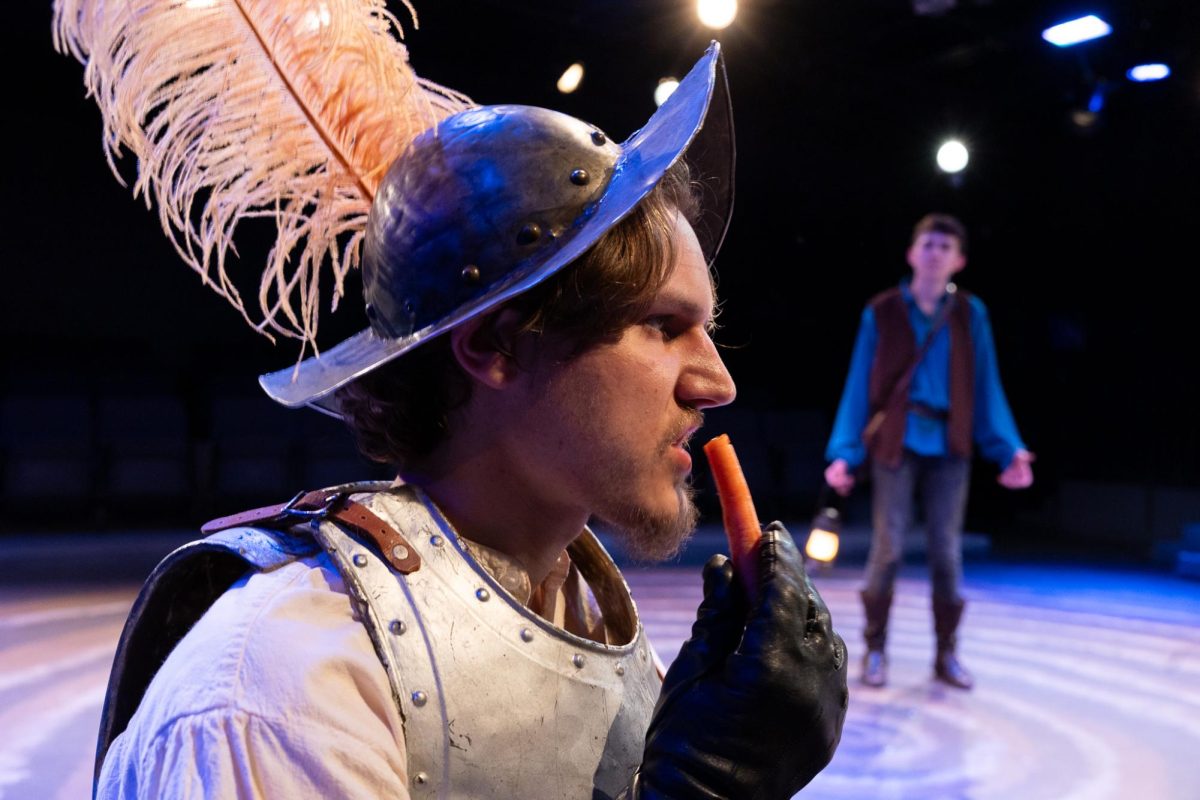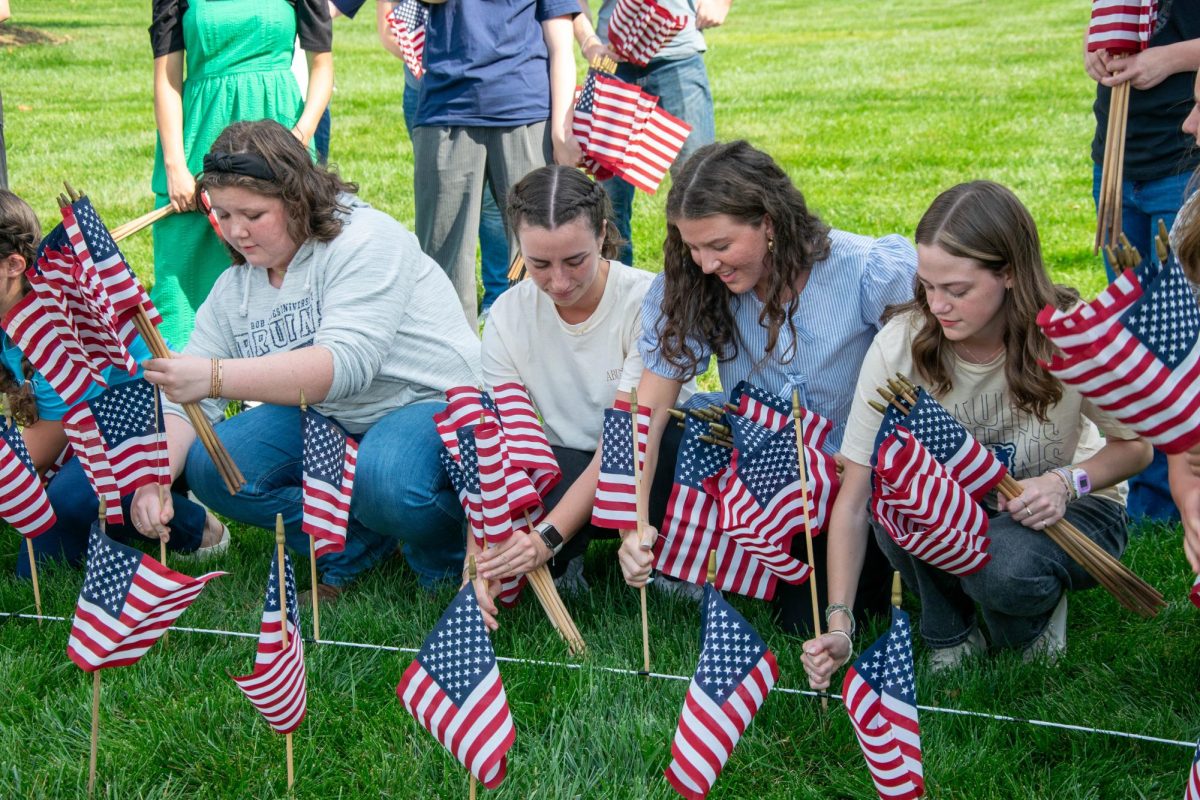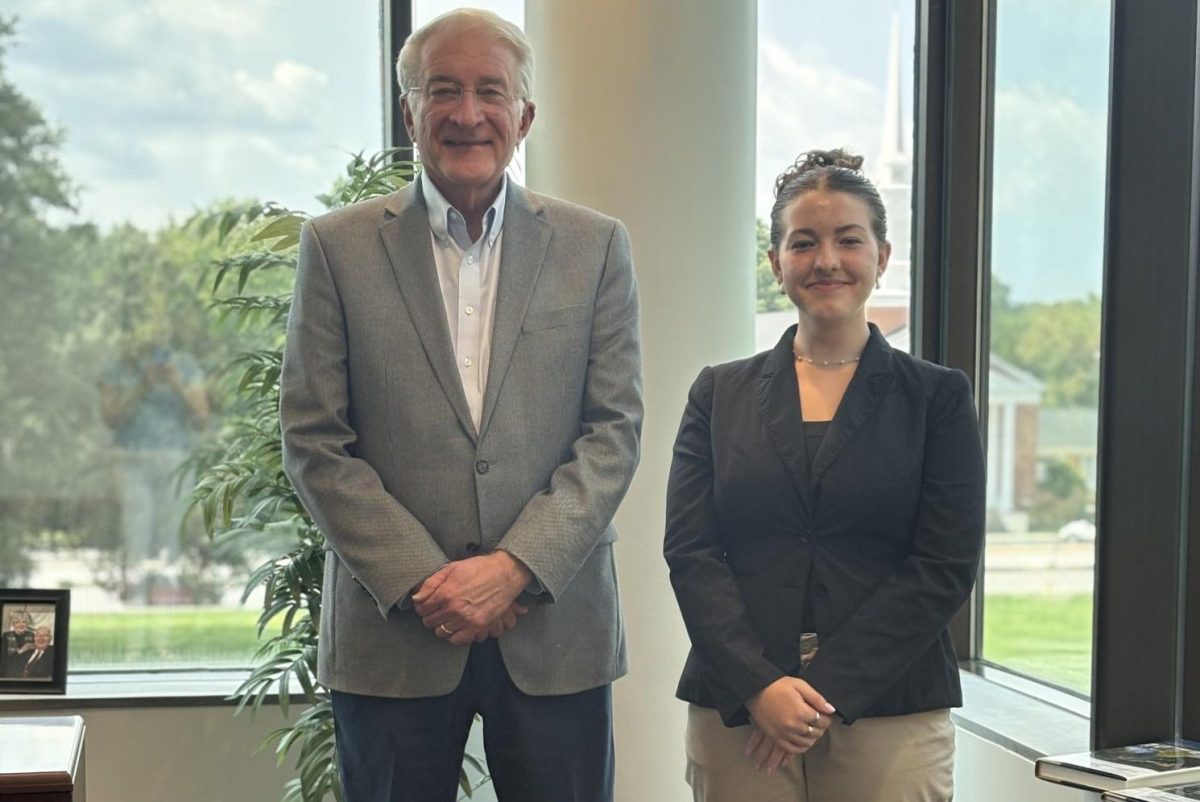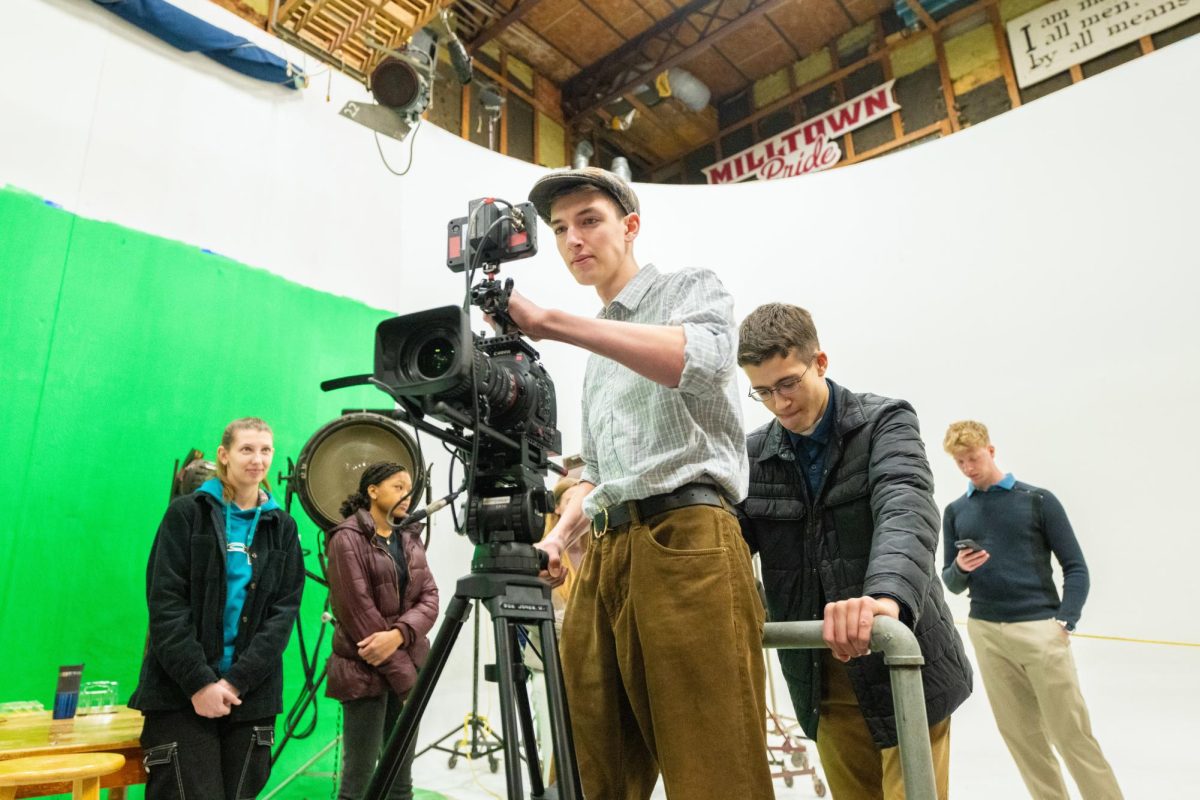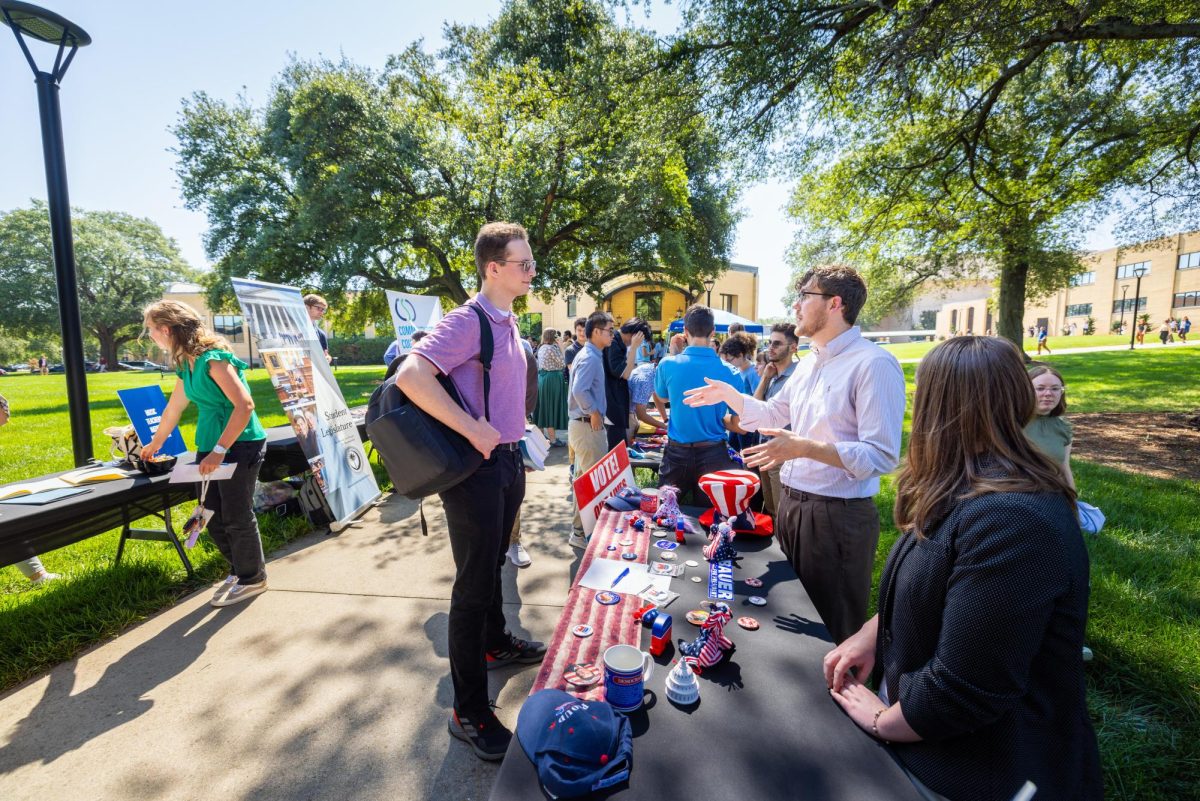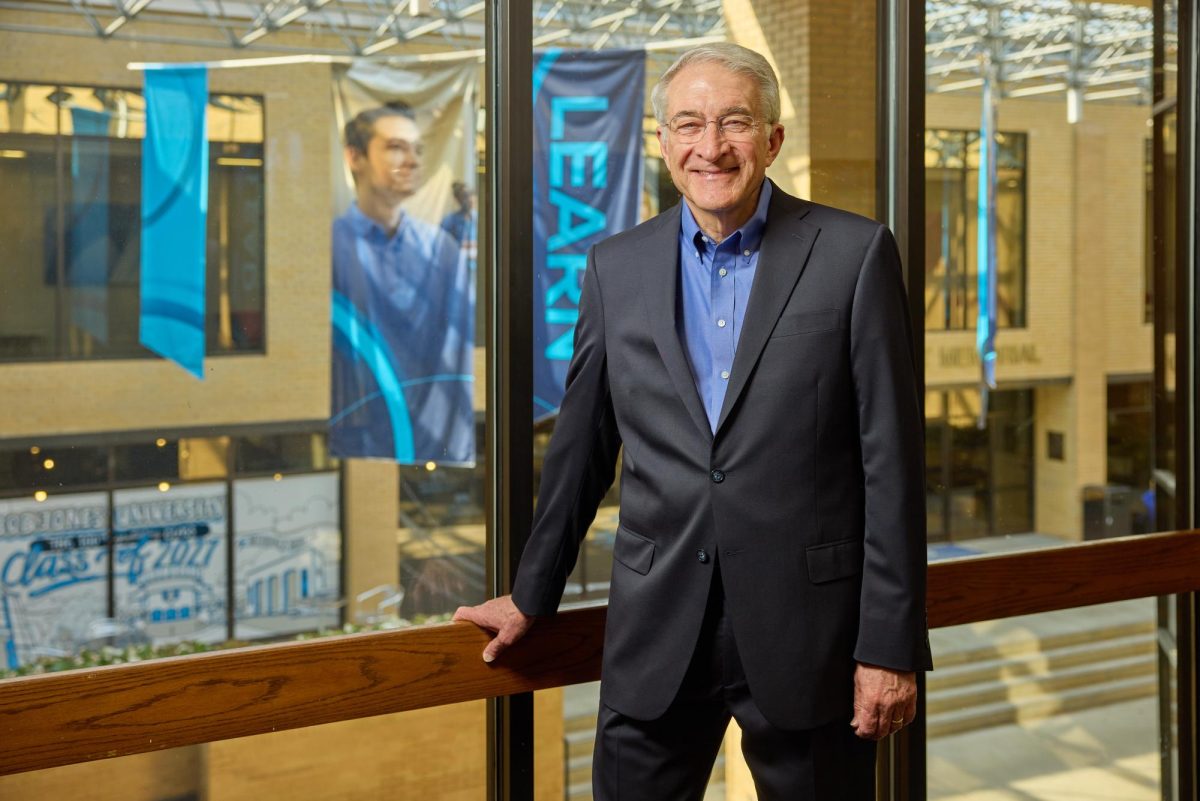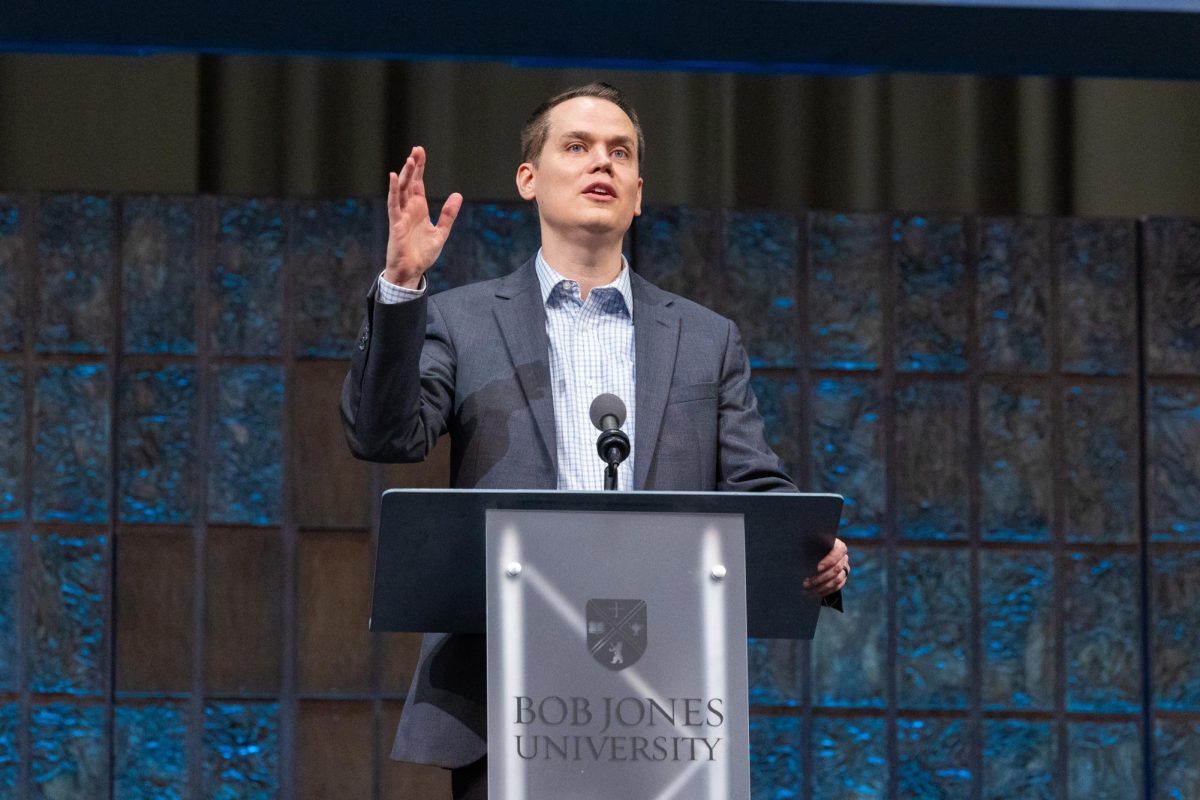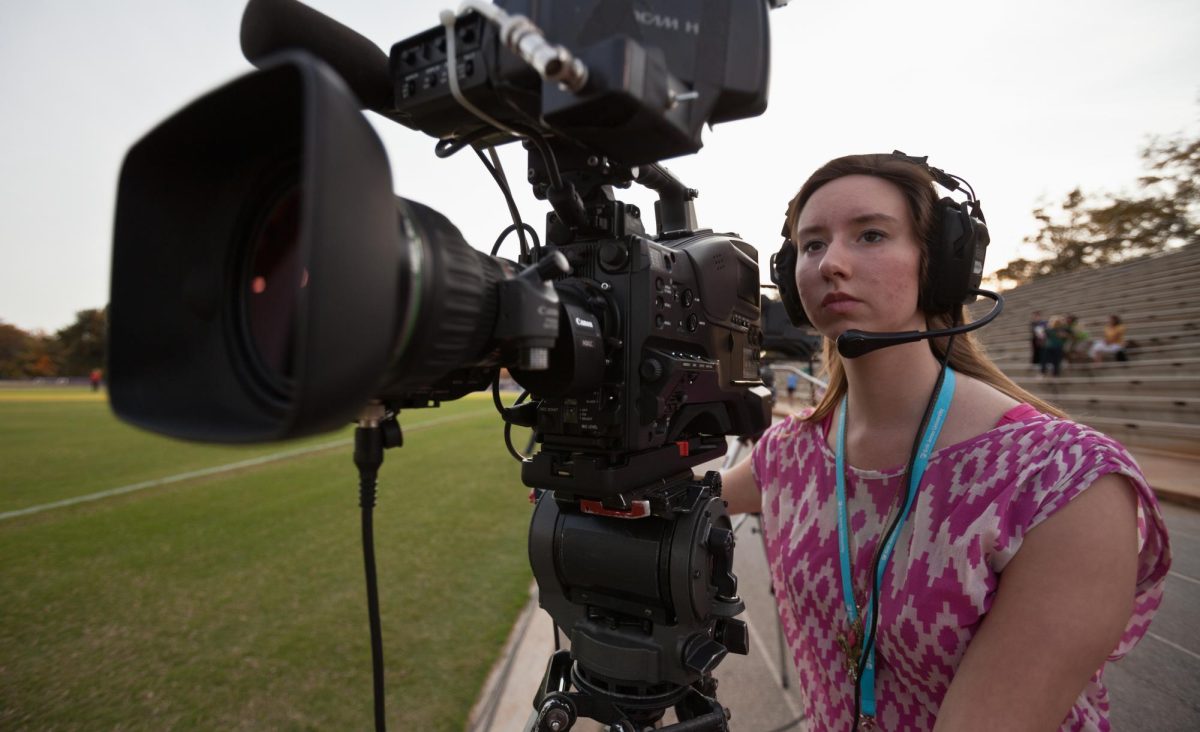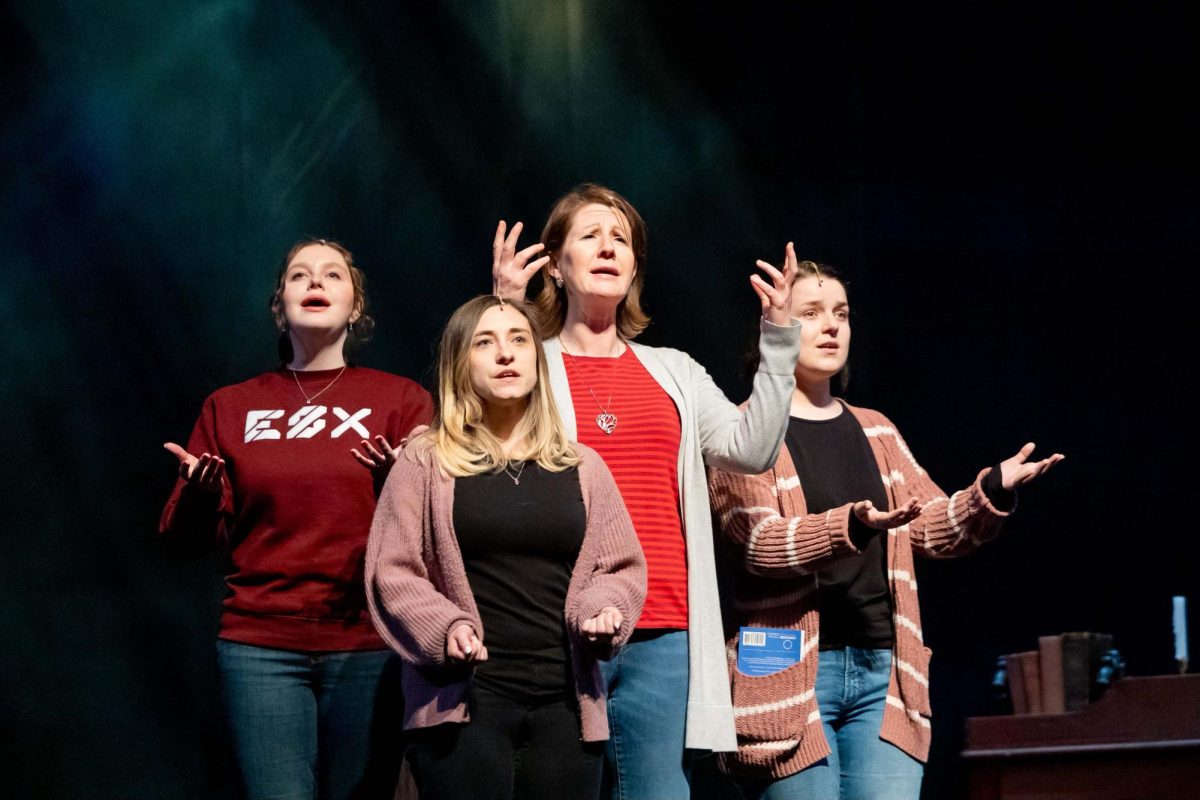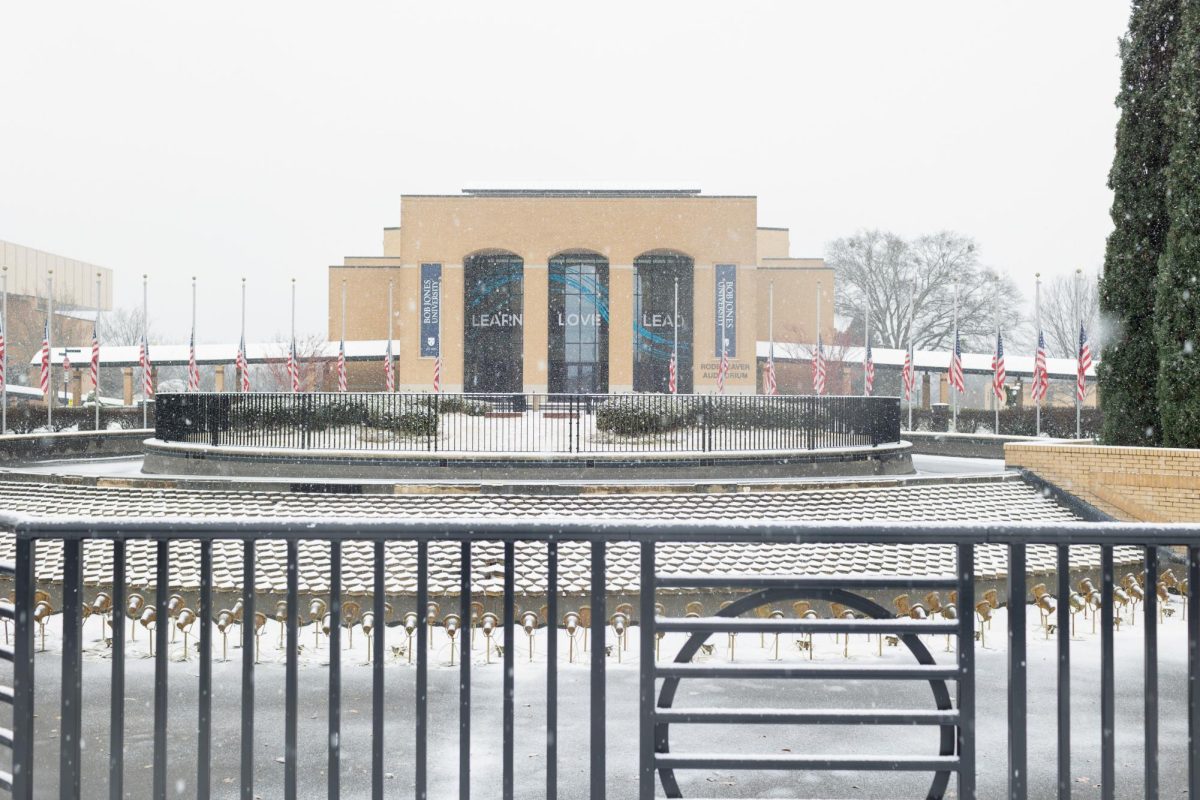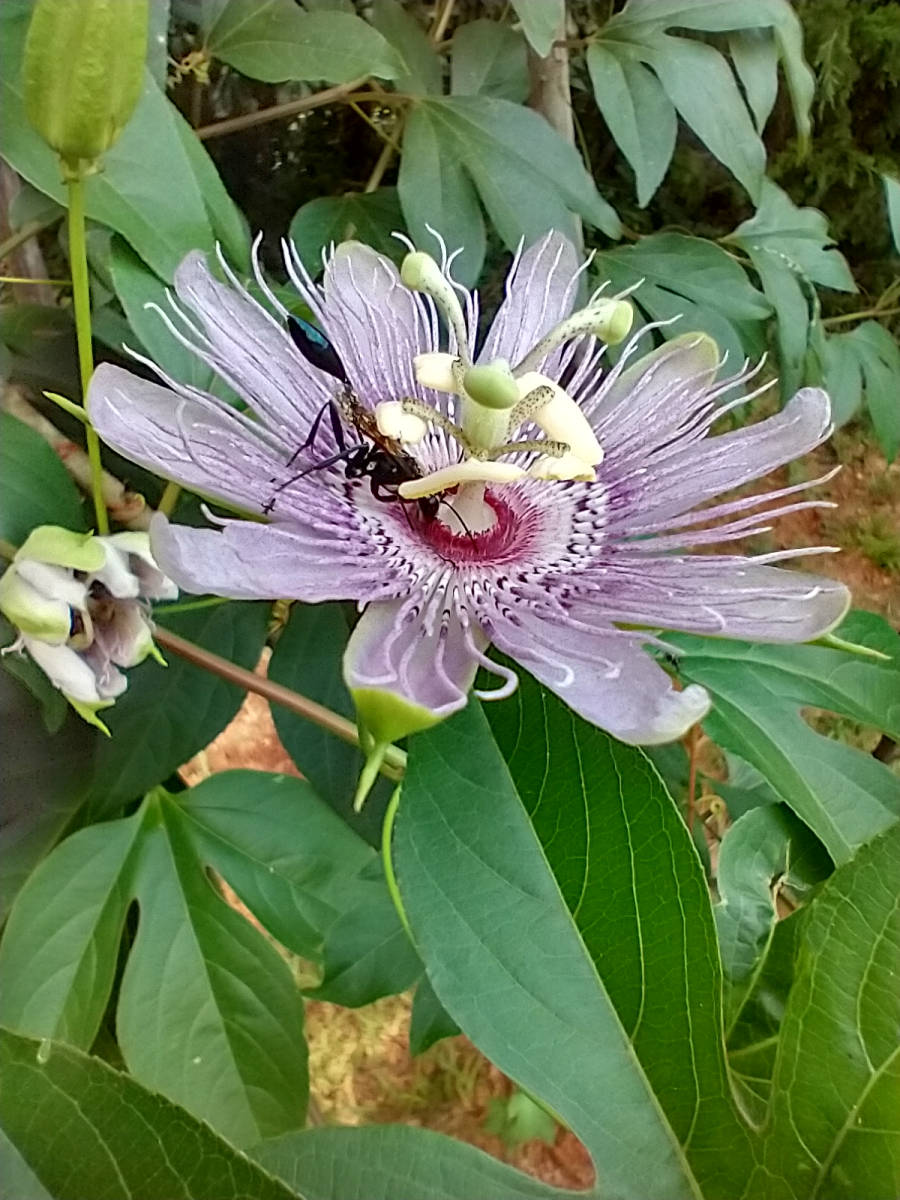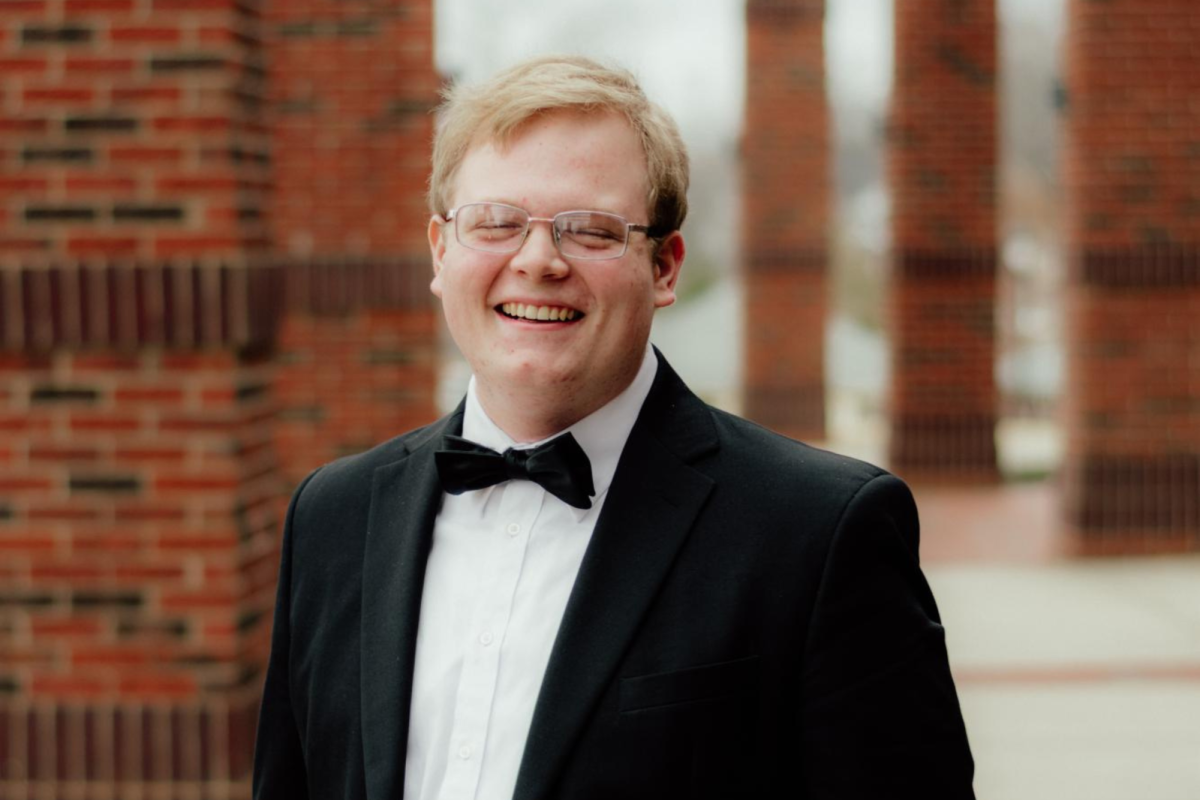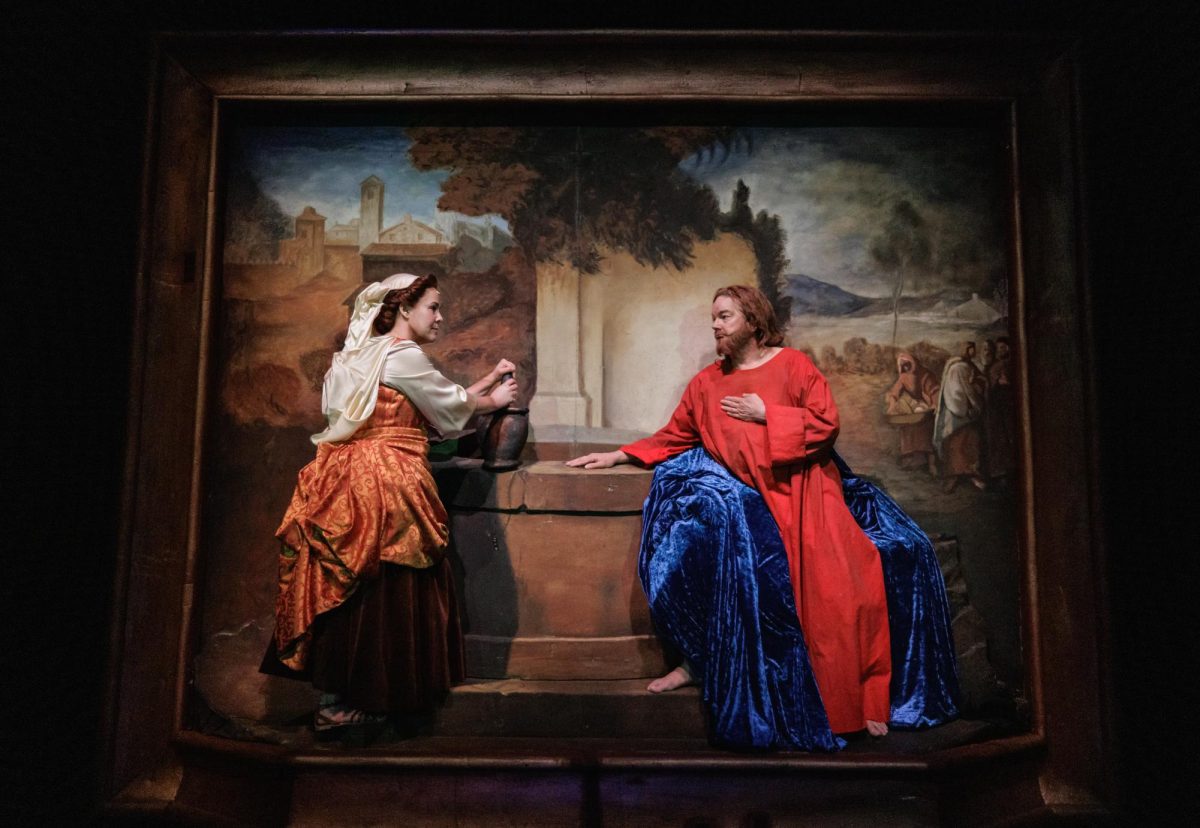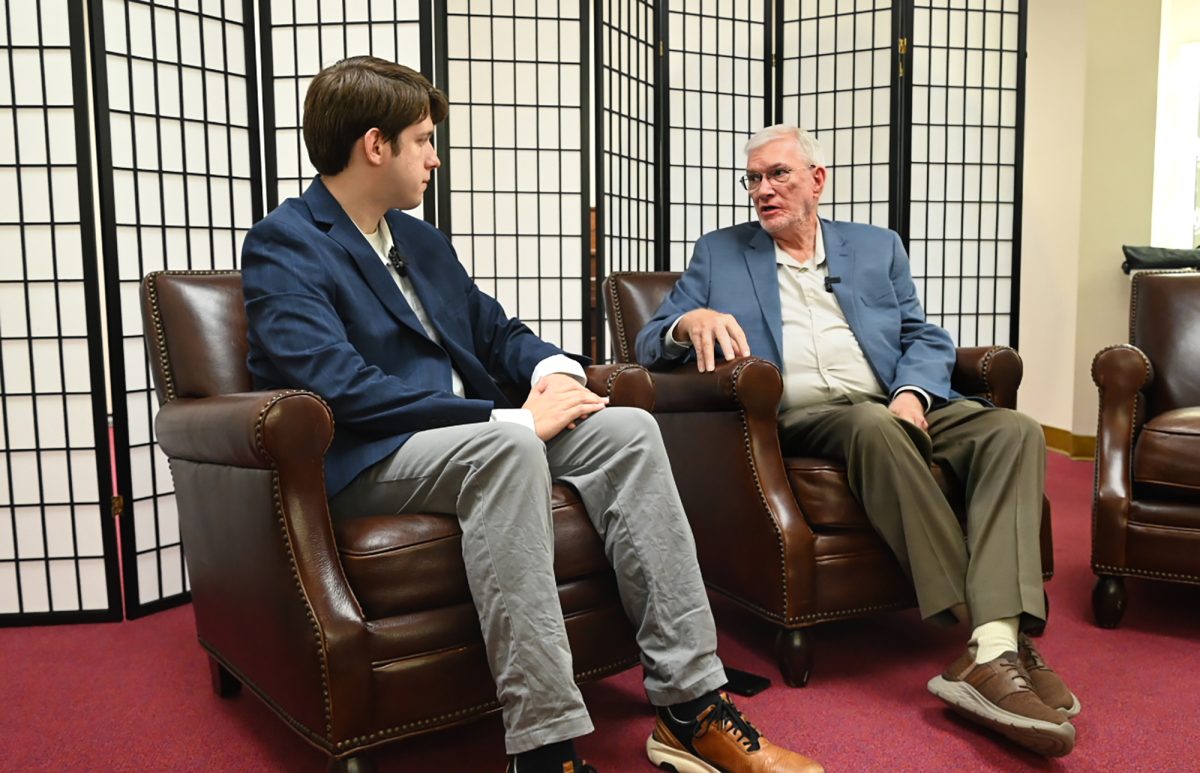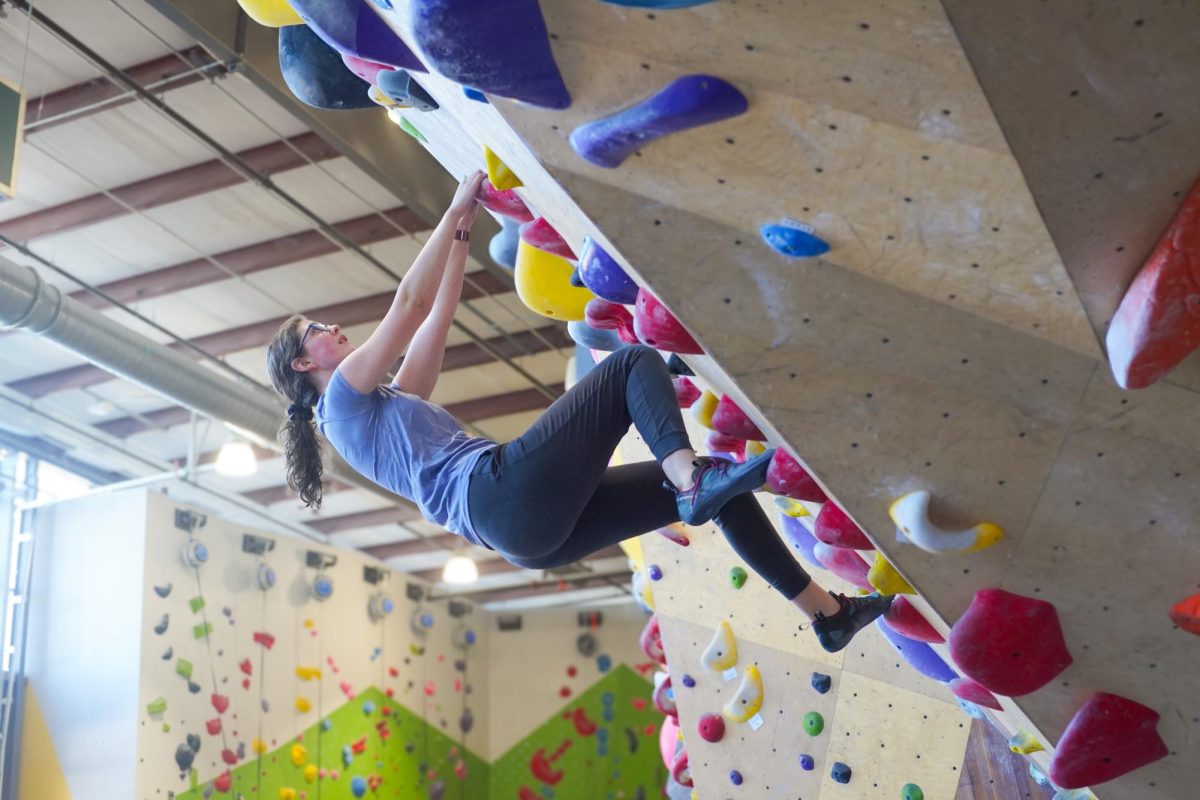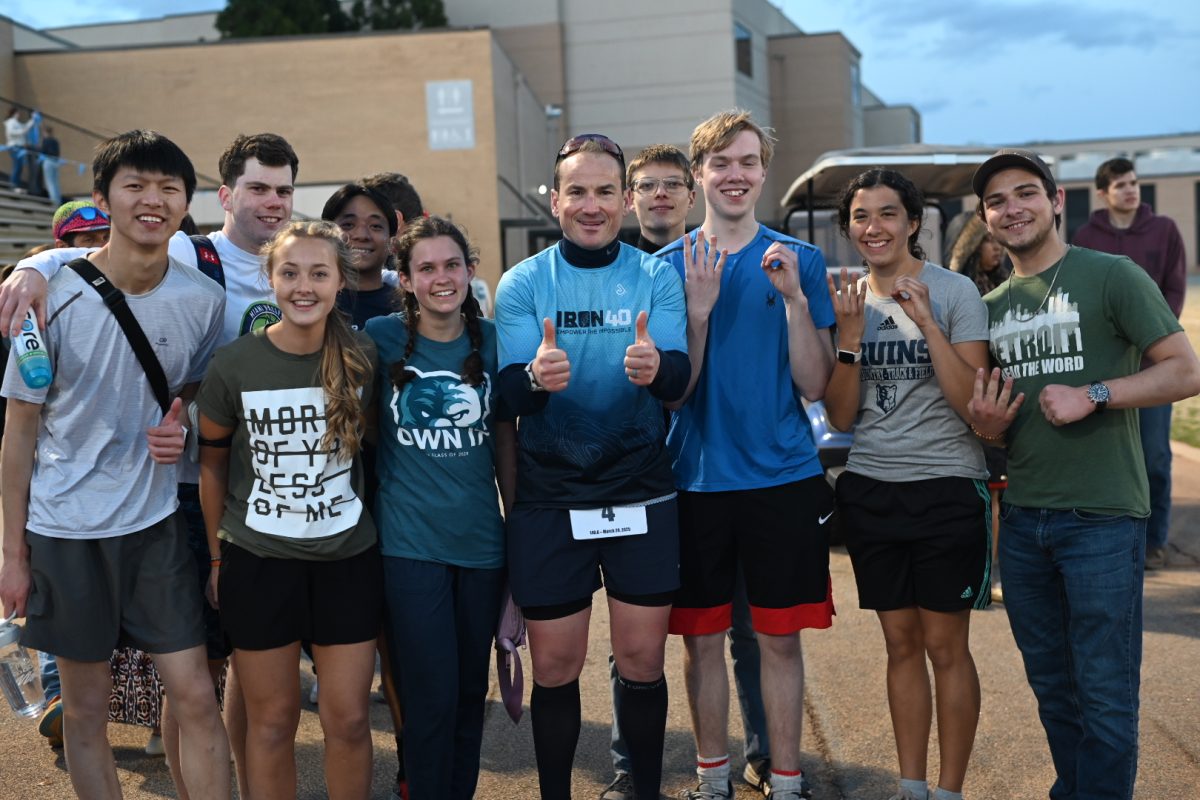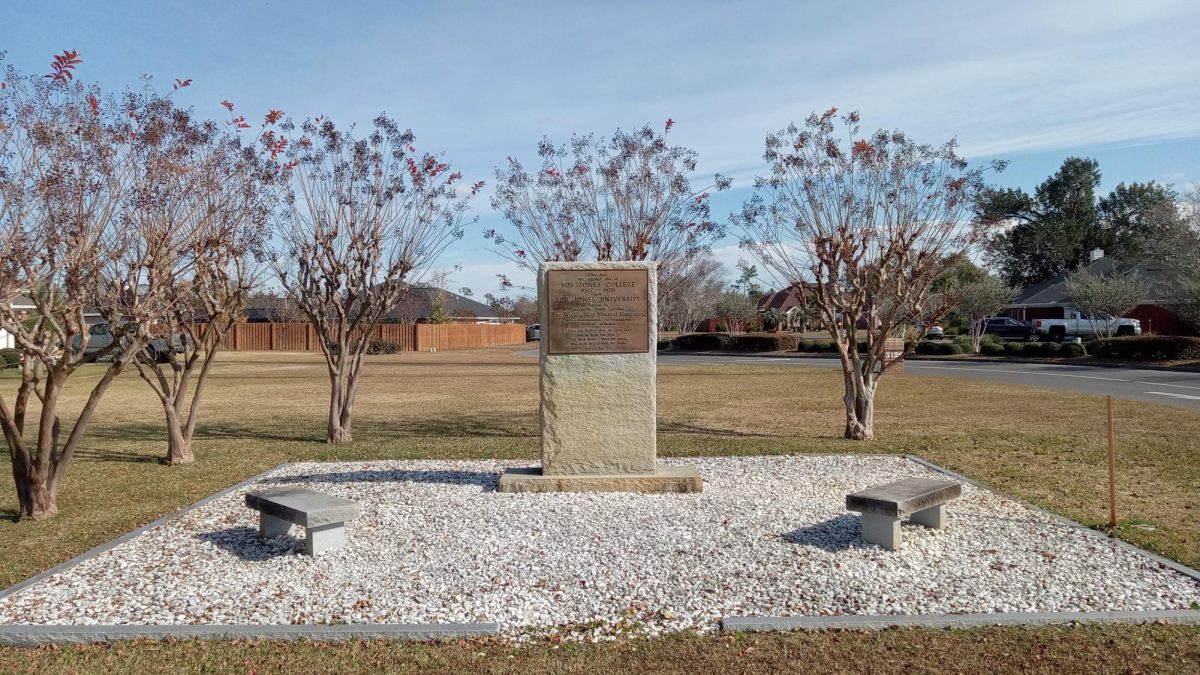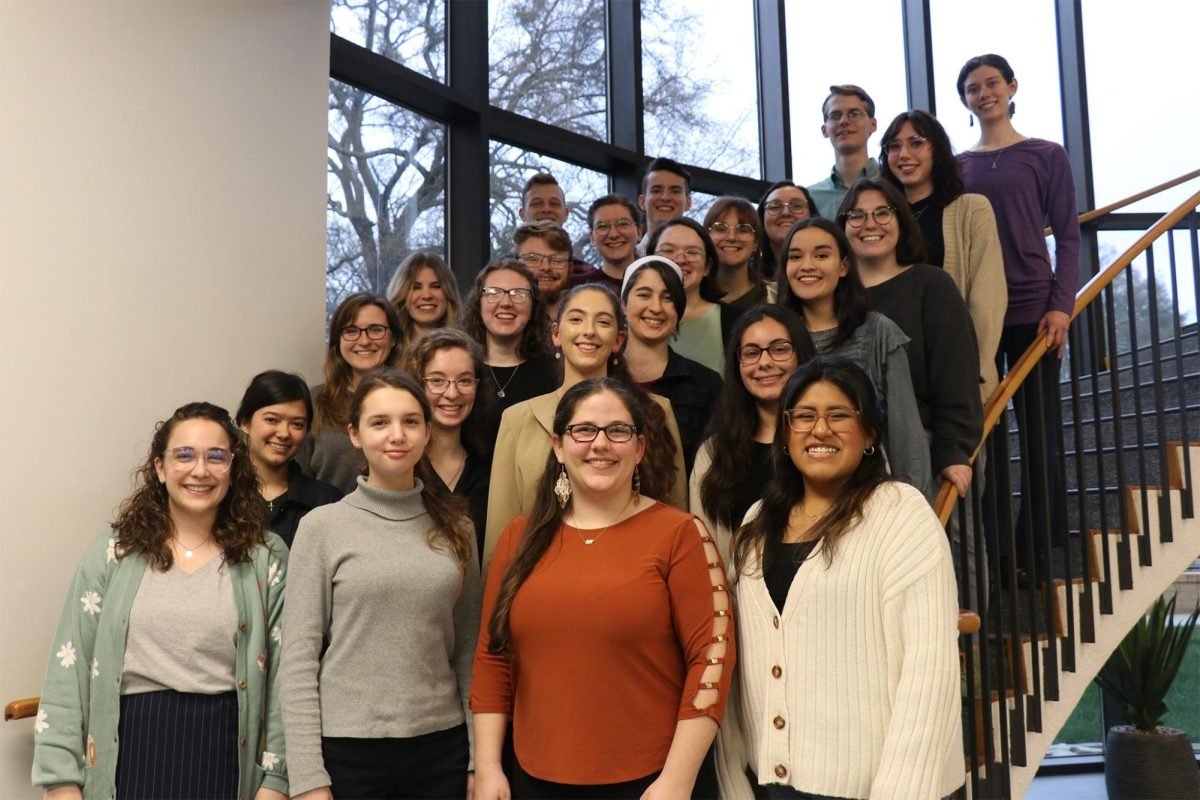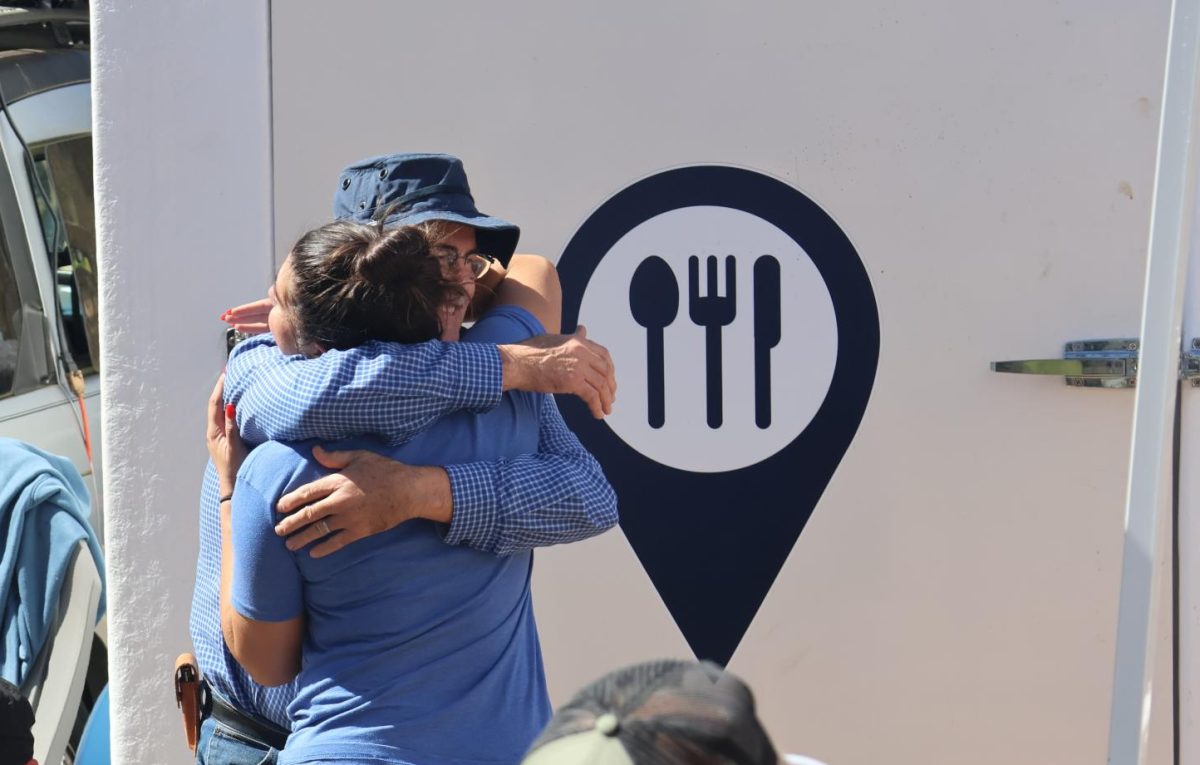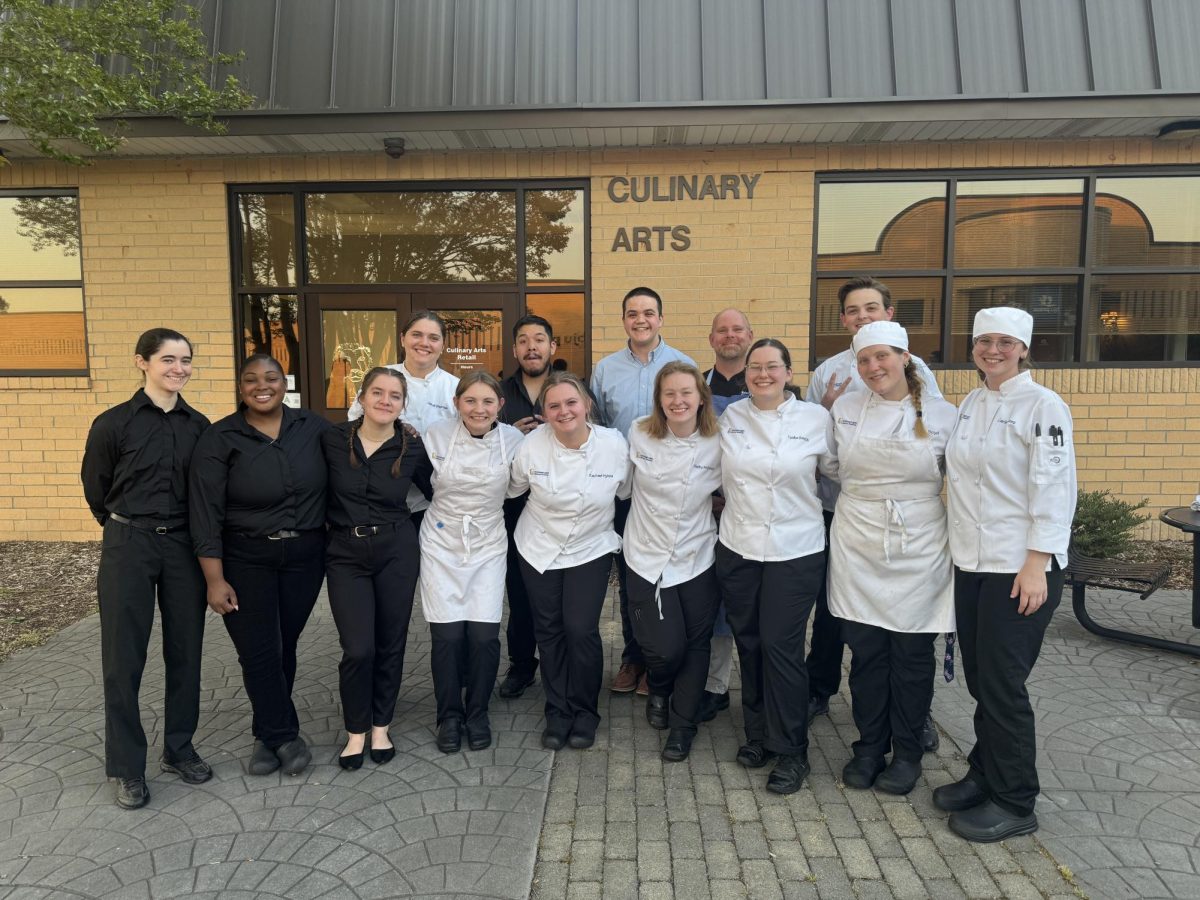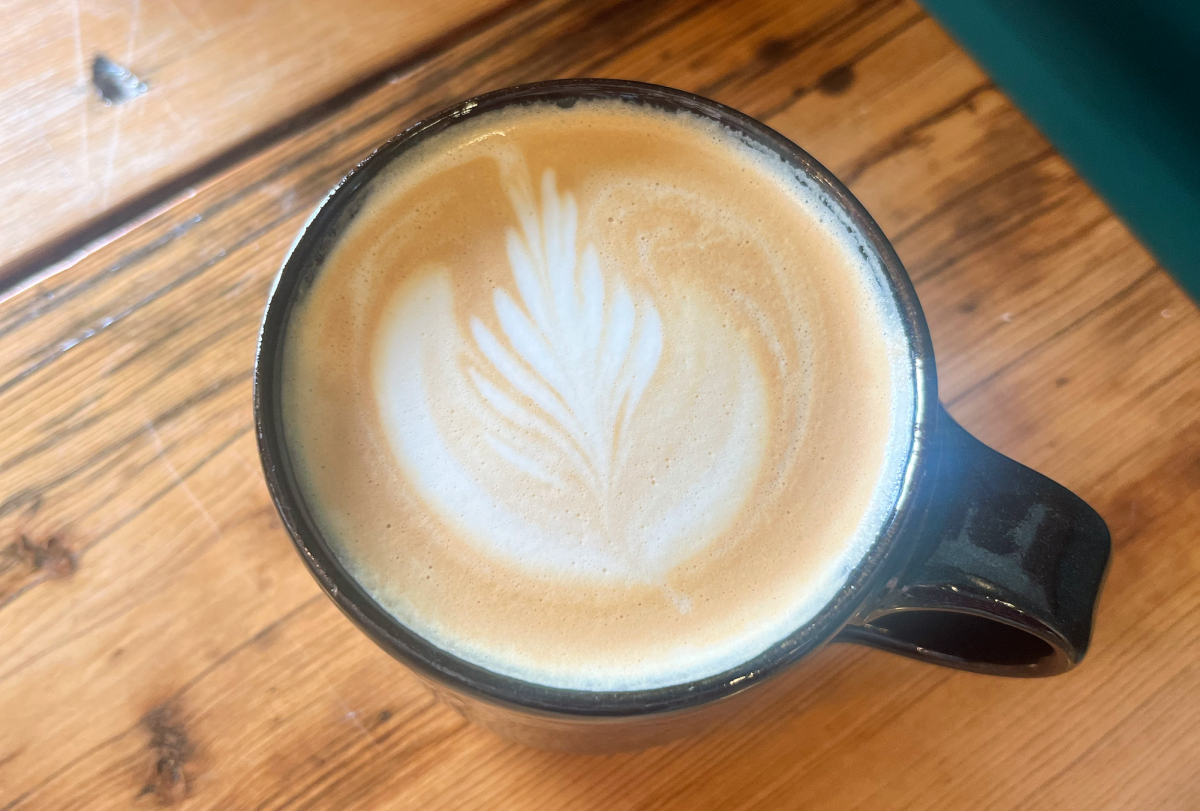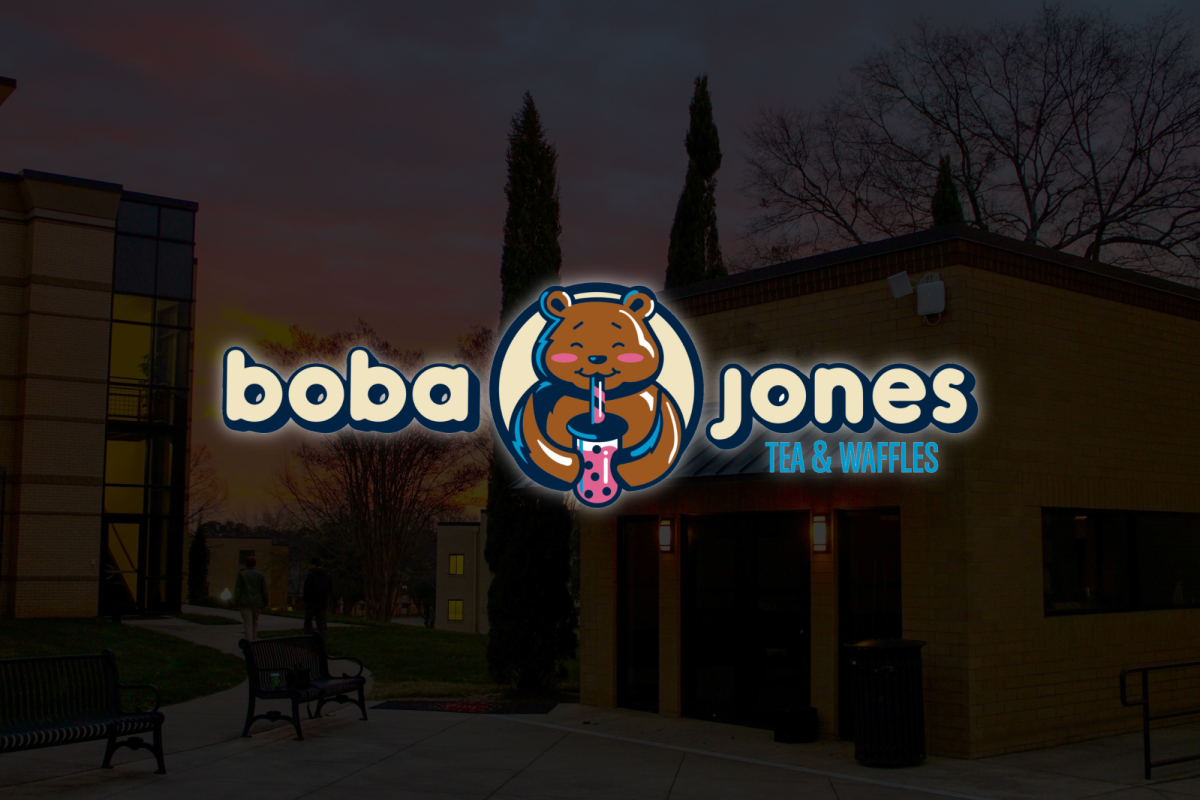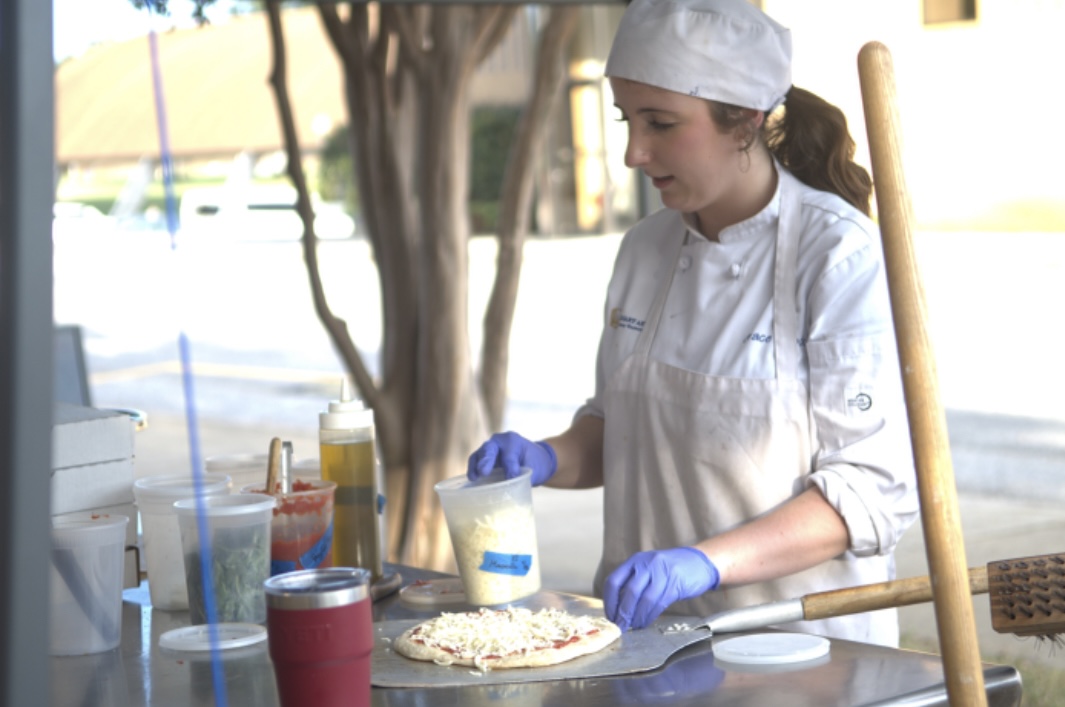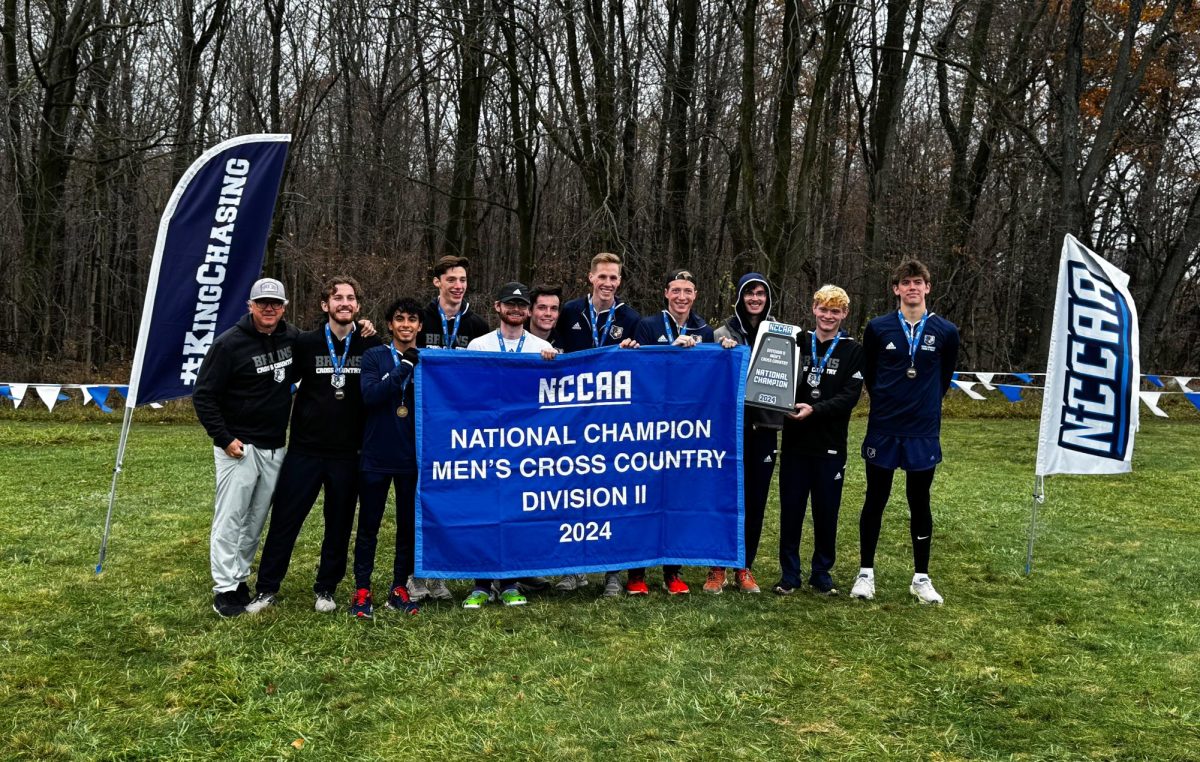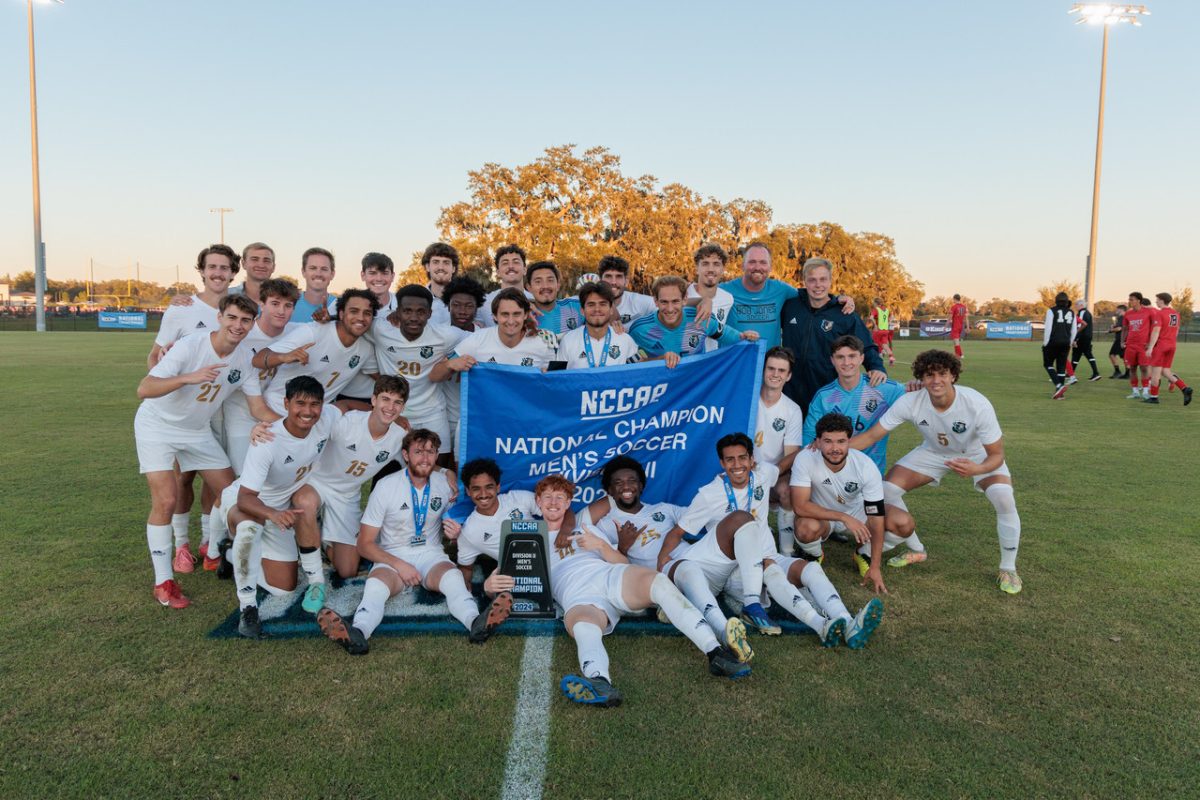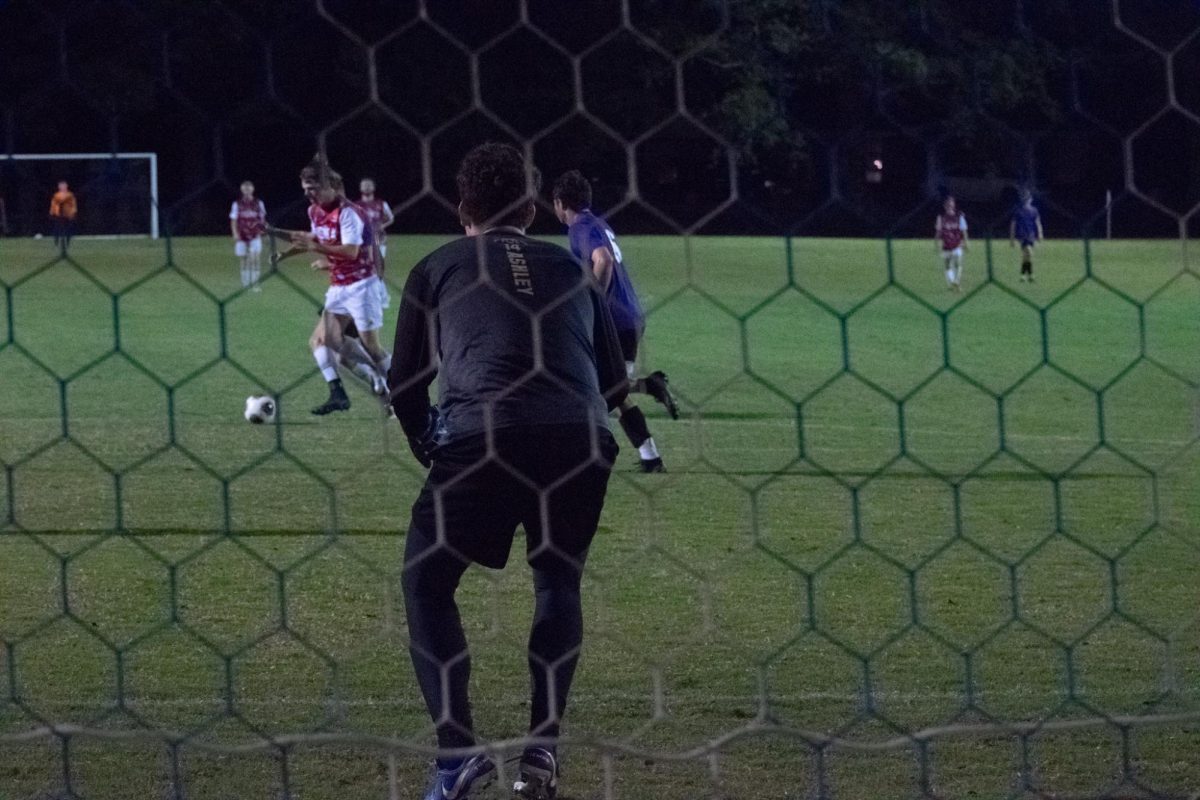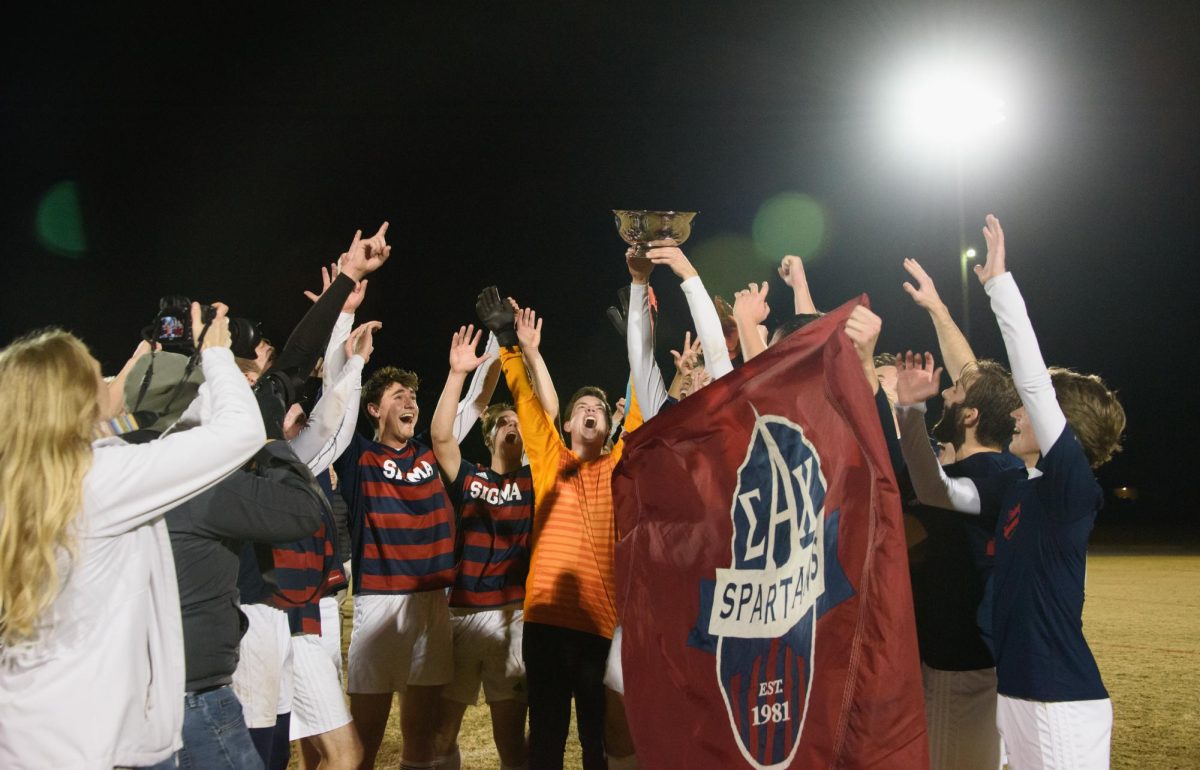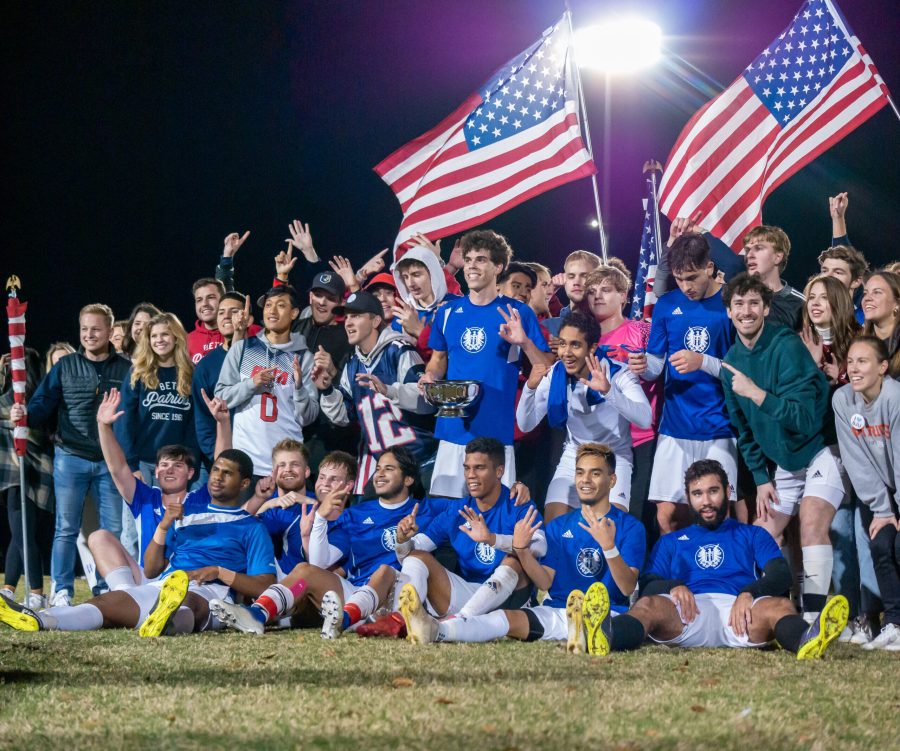Check out the article design in the print issue.
Coming to Greenville and not seeing Liberty Bridge is like going to Paris and not seeing the Eiffel Tower, Greenville’s mayor Knox White said.
The city is celebrating the bridge’s 15th anniversary this fall. Built in 2004, the Liberty Bridge, along with Falls Park, was instrumental to the redevelopment of downtown Greenville into the bustling hub of business it is today. The Liberty Bridge, a 345-foot pedestrian suspension bridge, spans Reedy River Falls in Falls Park in downtown Greenville.
Because of these distinctive geometric and structural features, the bridge is unlike any other in the United States. The deck is supported by a single suspension cable and spans 345 feet. Its curve has a radius of 214 feet. The bridge is cantilevered toward the falls and inclines 12 feet from east to west.
Mayor White said from the beginning of the design of Falls Park, landscape architect Andrea Mains insisted on a good connection between both sides of the river. White said they also hoped to give people an opportunity to see the falls, some for the first time. At the time Falls Park was designed, a four-lane highway had hidden away the waterfall for 40 years.
“By the time we started having this public discussion about taking down the highway and building this beautiful park, most people who lived in Greenville all their lives had never seen the waterfall,” White said.
And so the idea for the Liberty Bridge was born.
The dream did not come without obstacles, however. There was much political controversy over taking down the four-lane highway bridge. White said many were also concerned that they were taking down one bridge just to put up another, though vastly different in purpose and design.
“We were taking a chance,” White said. “I think the pedestrian bridge idea was always the part of Falls Park that had the most risk. No one had ever seen anything like this before. We had many a sleepless night over whether this was going to work.”
He said since the opening of Falls Park, however, the controversy has gone away.
“Everybody was greatly inspired by the bridge,” White said.
The architect of the bridge, Miguel Rosales, made sure that the bridge accomplished the city council’s hope of highlighting Reedy River Falls.
“[Rosales] said he had traveled all over the world, and he had never seen a city with an urban waterfall,” White said. “[Rosales] understood that his role was to build a pedestrian bridge that would complement the waterfall.”
Rosales understood the city council’s concern about obscuring the falls again with another bridge. He came up with the unique idea to bow the bridge away from the waterfall and put towers on either side to make the falls the centerpiece.
White said the opportunity to view the falls from above is a benefit not often found.
“The number of [people with disabilities] who enjoy being able to get [to] the center of the falls in a way that they often can’t is something we started seeing early on,” White said. “I still see it every week.”
He said the project was about as close to perfection as you can get. “The night before it opened, we all went after dinner and crossed the bridge for the first time when it was illuminated at night,” He said. “It was a very magical moment.”
The location of the Liberty Bridge also has an incredible historical connection to the city of Greenville.
Reedy River Falls is where the first European settler, Richard Pearis, opened a trading post in 1768. The site remained a hub of industry in Greenville until the 1920s.
The bridge is named in honor of Liberty Corporation founder W. Frank Hipp and his family for their contributions to the city of Greenville.


